Proving his mettle with the Ferrari GG50, Giorgetto Giugiaro paints in glowing colors a great adventure
Rather than being a spellbound step into tomorrow, the ultimate outcome of all this is an expression of today – a Ferrari graced by his initials, GG, followed by the digit 50 by way of epitomizing his debut into the world of car design in September 1955 –imbued by an imposing, unmistakable artistry capturing skyhigh ergonomics and outstanding space on board. Created along the lines of the Ferrari 612 Scaglietti, and retaining the same basic mechanics, the Ferrari GG50 is a little shorter in length than the original model, with a fastback tail conspired to conceal the underlying hatchback lid. The rear seatbacks can be folded down to create, thanks to the new fuel tank, a flat trunk platform one meter and 40 centimeters deep. All that was checked and verified with the Ferrari Technical Direction support.
GG 50 Philosophy
The idea of creating a Ferrari to mark 50 years of activity in the world of car design took shape in September 2004 at the Paris Motorshow, where Giorgetto Giugiaro talked about this flight of fantasy directly with the President and CEO of Ferrari Luca di Montezemolo who cued the model around which the vehicle concept should be developed: the 612 Scaglietti 12 cylinders four-seater coupé. Montezemolo also gave Giugiaro two inputs: although no restrictions would be posed on creative-thinking, the vehicle must be perfectly in keeping with the Ferrari tradition and transmit a sensation of compactness, even being highly enjoyable.
Giugiaro started to work on the project in February 2005, sketching entirely by hand – a practice followed over the last 50 years – the physical design of the vehicle in 1:10 scale from four orthogonal views, marking out the side, nose, tail and bird’s view: all sketched in 2H lead pencil on tracing paper using a universal chalkboard.



This two-dimensional rendering is typical of Giugiaro’s method and is today pursued by Fabrizio Giugiaro, Italdesign Giugiaro Styling Area Director. According to this procedure, the rendering is translated into math surfaces in order to proceed to a 3D validation of the project by means of 1:1 scale dynamic visualization in the Italdesign-Giugiaro Virtual Reality Design Center. Once the VR green light was given, seeing onset was full-scale plaster model milling, as duly completed in April.Along with the 1.1 scale mock-up put in place to test out the ergonomics and ease-of-access interior concepts, starting to see construction at the beginning of June was the running prototype.







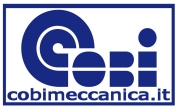

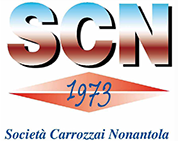

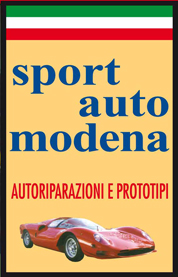

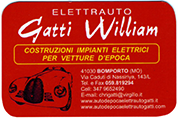



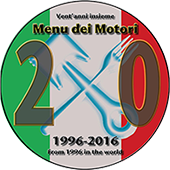
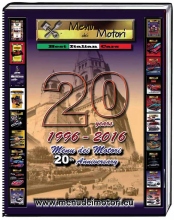 History of "Menu dei Motori"
History of "Menu dei Motori"
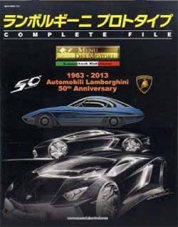
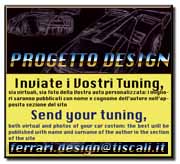 DESIGN PROJECT
DESIGN PROJECT UNIVERSITA' DI MODENA
UNIVERSITA' DI MODENA

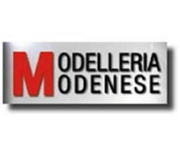



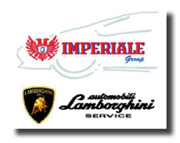
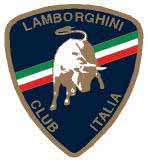
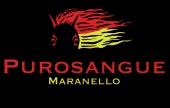
Comments
Nessun commento presente
Add Comment